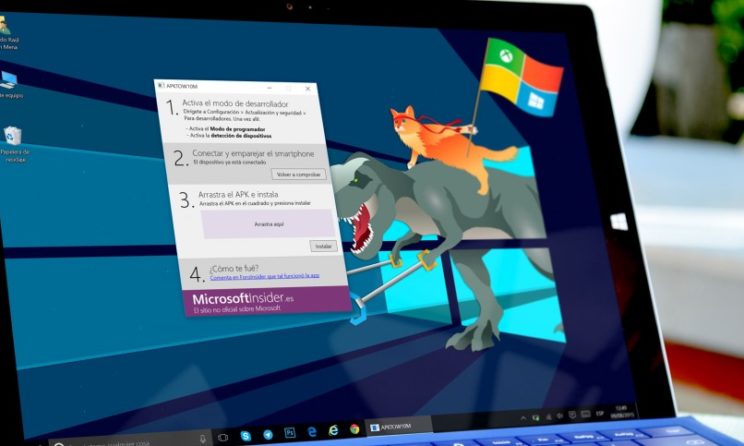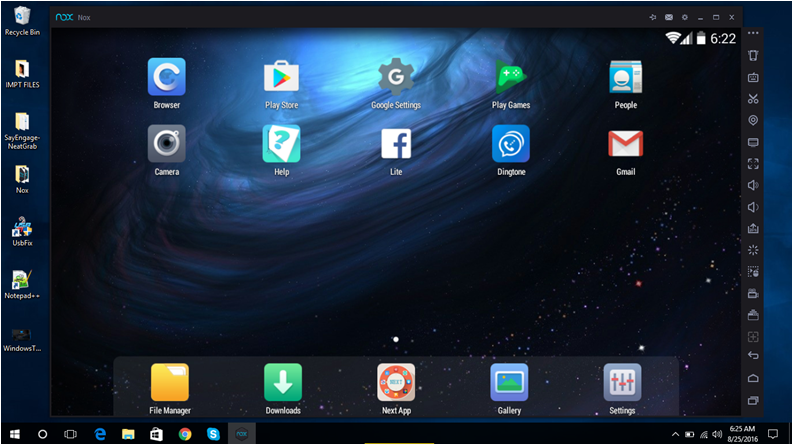

One way is to use an Android emulator such as Bluestacks. However, there are a few workarounds that allow you to run Android apps on Windows 10. There is no official way to install Android apps on Windows 10.

Another is to use an Android phone or tablet as an emulator, by connecting it to your PC via USB and running apps on it.Ĭan I install Android on PC without emulator? How can I install Android apps directly on Windows 10? One is to use a tool like Genymotion, which allows you to run Android apps on your Windows PC. There is no official way to do this, but there are a few workarounds. How do I install APK files on Windows 10 without emulator?.How can I install APK file in PC without any software?.How can I download Google Play Store on my PC without an emulator?.How can I download Android apps on my PC without BlueStacks?.How can I download apps to my computer without emulator?.How can I install Android apps directly on Windows 10?.Can I install Android on PC without emulator?.Adding that same flexibility to Windows should have a similar effect. The addition of Android apps to Chrome OS gave Chromebooks a significant boost in appeal.

The addition of apps means Windows is adapting more to your needs than you having to adapt to what the OS can do. (Although, if you live in South Korea, Hong Kong or Taiwan, you can do it right now.) There are also services that have a better mobile app experience than using on the web. If you want to easily play your favorite mobile games on your laptop or desktop, that will be possible now. Opening up Windows to Android apps means a greater selection of tools for productivity and content creation as well as entertainment and gaming. Along with that, you should be able to do the same things regardless of the device.

Your laptop experience should feel like and be as responsive as your phone. Why do I want Android apps in Windows?Ī big focus for Windows 11 (and Windows 10, too, really) is this move toward an OS and devices that perform the same regardless of how you use them.


 0 kommentar(er)
0 kommentar(er)
